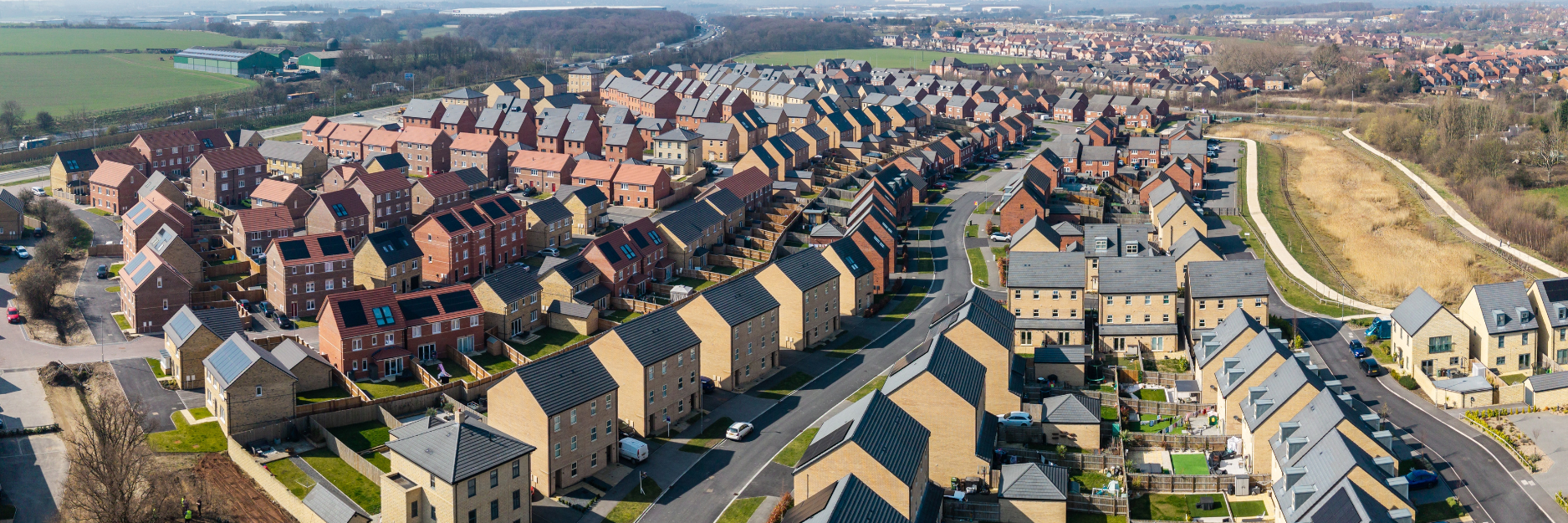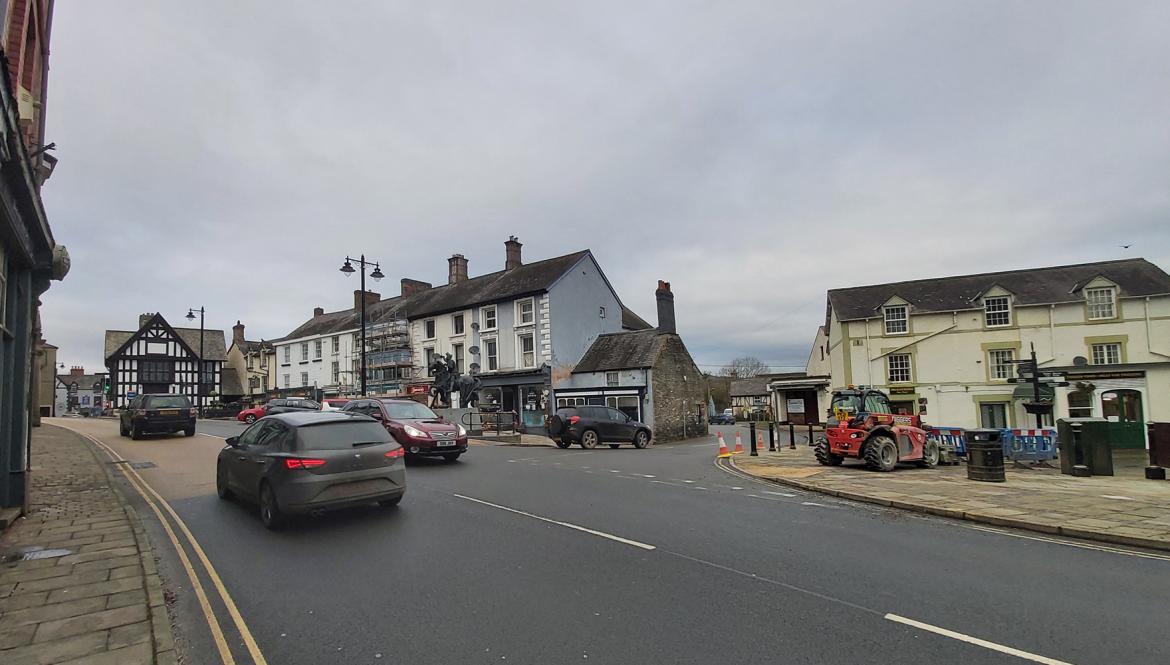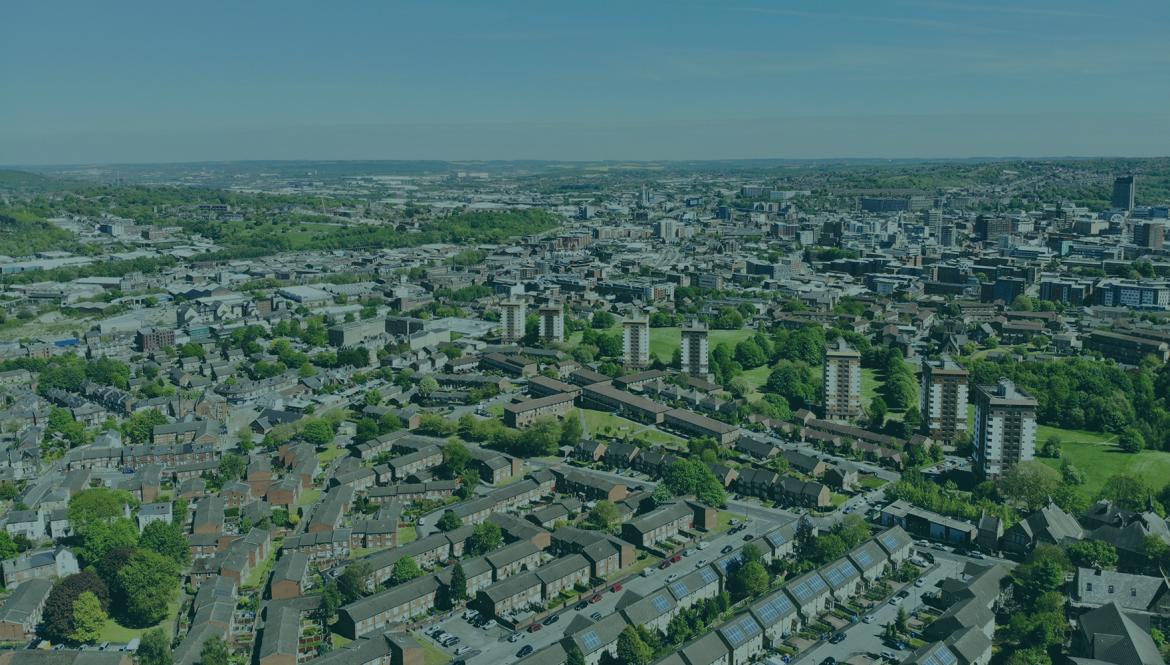Cost vs. Confidence: Why New Towns Hold the Key to Unlocking Urban Delivery
The delivery challenge in our cities is reaching a critical point.
Latest figures confirm what developers in London and the South West already know: building in our urban cores is extremely challenging at present. With just 2,150 private housing starts in London in the first half of the year, the capital's housing pipeline is severely strained. In Bristol, the problem is one of viability, driven by a perfect storm of factors.

The Arcadis Construction Cost Report 2025 is clear, ranking London and Bristol 2nd and 8th, respectively, among the world's most expensive cities to build in. For Bristol, this ranking reflects intense local labour competition, proximity to major infrastructure projects such as Hinkley Point, and broader factors including high material inflation and regulatory logjams. The result? Urban development stalls, while the perceived ease of "greybelt" development begins to look more appealing.
The current model for high-density, brownfield development is struggling to absorb the cost, risk, and time delays inherent in the planning and construction process.
A New Way Forward: The Development Corporation Model
The recently published New Towns Task Force Report offers a refreshing counterpoint to this urban paralysis. While its primary goal is to deliver up to 300,000 homes in new settlements, its biggest lesson lies not just in where we build, but how.
The Task Force strongly advocates for the use of statutory Development Corporations as the preferred delivery vehicle. This model is powerful because it addresses the three core weaknesses crippling urban-scale delivery:
- Land Assembly: Development Corporations have the statutory power to assemble large, coherent sites, including the use of compulsory purchase (if necessary), which is crucial for moving away from piecemeal development. Crucially, they can purchase land using 'no-scheme valuation' rules, which ignore the uplift created by the new planning framework, ensuring a fairer price and capturing value for infrastructure.
- Planning Authority Role: They operate as the Local Planning Authority for the designated area, giving them direct control over the local plan and speeding up development management.
- Infrastructure Delivery: They coordinate and secure funding for essential infrastructure—transport, utilities, and schools—avoiding the common 'infrastructure lag' that kills viability in many large urban schemes.
The Lesson for Bristol and Urban Centres
The core principle here is that public sector control is the essential ingredient for de-risking and accelerating large-scale development.
While the Task Force focuses on new settlements, the necessity of its chosen delivery model has profound implications for our cities. If we are to successfully build the homes Bristol and other UK cities desperately need, we must seriously consider adopting the spirit, if not the exact form, of the Development Corporation model.
This means:
- Public Leadership: Dedicated, ring-fenced public or public-private entities with the clear mandate and power to assemble sites and fund infrastructure.
- Confidence for Capital: Offering the private sector a clear, de-risked framework and a single point of accountability, encouraging investment back into challenging urban schemes.
For the construction sector, the massive, long-term pipeline signalled by this government-backed intervention—and the promise of certainty it brings—is the stimulus the industry needs.
Is this the shift we need to see to ease the planning and construction risk? By using public powers to create private confidence, can we finally get Britain building again? It feels like the right time to try a new approach.








